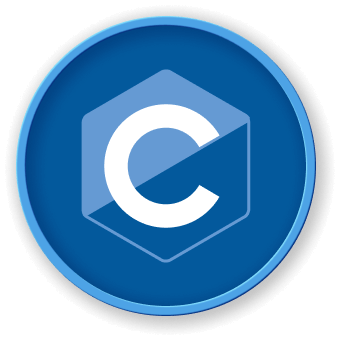Recursion Fundamentals
What is Recursion?
Recursion is a programming technique where a function calls itself to solve a problem by breaking it down into smaller, more manageable subproblems. It provides an elegant solution for solving complex problems that can be divided into similar, smaller instances.
Basic Structure of a Recursive Function
A typical recursive function contains two key components:
- Base case: A condition that stops the recursion
- Recursive case: The part where the function calls itself with a modified input
int recursive_function(int input) {
// Base case
if (base_condition) {
return base_result;
}
// Recursive case
return recursive_function(modified_input);
}
Common Recursion Patterns
1. Factorial Calculation
int factorial(int n) {
// Base case
if (n == 0 || n == 1) {
return 1;
}
// Recursive case
return n * factorial(n - 1);
}
2. Fibonacci Sequence
int fibonacci(int n) {
// Base cases
if (n <= 1) {
return n;
}
// Recursive case
return fibonacci(n - 1) + fibonacci(n - 2);
}
Recursion vs Iteration
| Characteristic |
Recursion |
Iteration |
| Code Readability |
More elegant |
More straightforward |
| Memory Usage |
Higher (stack overhead) |
Lower |
| Performance |
Generally slower |
More efficient |
Recursion Visualization
graph TD
A[Start Recursion] --> B{Base Case Reached?}
B -->|Yes| C[Return Result]
B -->|No| D[Make Recursive Call]
D --> B
When to Use Recursion
Recursion is particularly useful in scenarios like:
- Tree and graph traversals
- Divide and conquer algorithms
- Backtracking problems
- Mathematical computations with recursive definitions
Potential Challenges
While recursion is powerful, it comes with challenges:
- Higher memory consumption
- Risk of stack overflow
- Potential performance overhead
- Complexity in debugging
At LabEx, we recommend understanding recursion's nuances to leverage its power effectively in your C programming journey.




